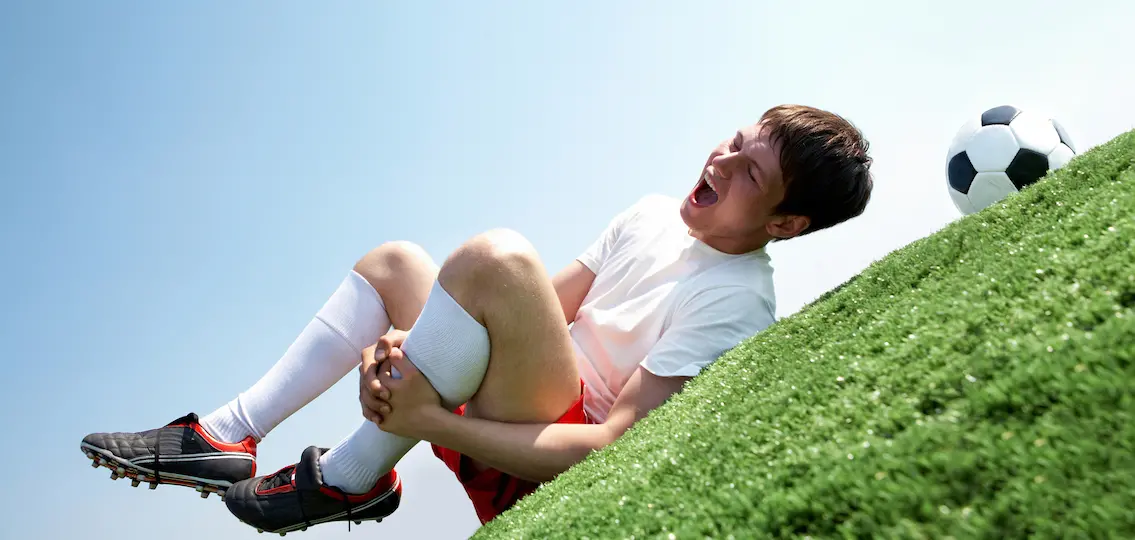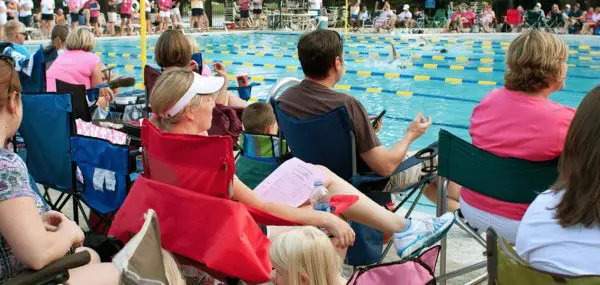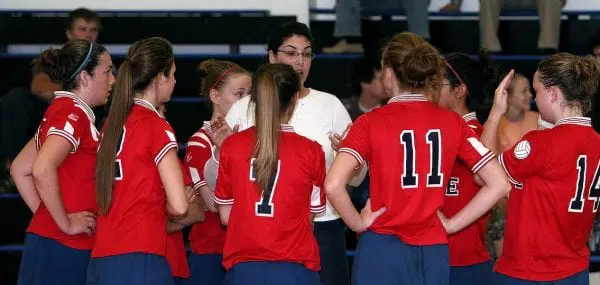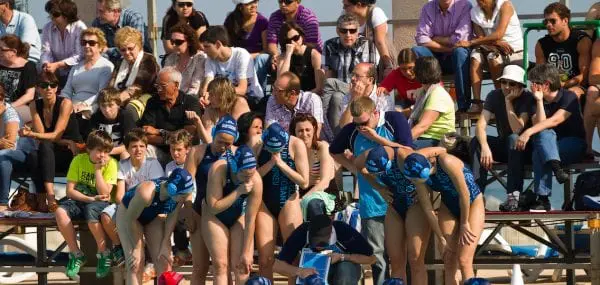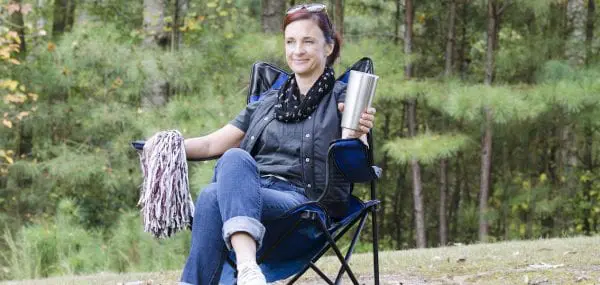Fourteen-year-old Peach Salsbury of Alameda, California, plays on three basketball teams, with up to six games a week plus practices. “Basketball has become the center of her universe for everything,” her mom Sylvia says. She adds that the girls on her travel team have played together for years and spend time together off the court too. “They see themselves as athletes and as a family,” she adds.

“Her confidence from it and her sense of commitment are amazing,” Sylvia says.
But she also acknowledges that tournaments for Peach’s travel team take place up to four weekends a month. These tournaments dominate their lives.
The Rise of Youth Sports
Peach’s level of participation isn’t unique. A study presented at the 2017 meeting of the American Academy of Orthopedic Surgeons noted that 45 percent of high school athletes now specialize in just one sport, often pursuing it year-round. Youth sports in the United States is now a $15 billion industry. There are seemingly endless opportunities for club-level teams, personal coaches, and training technologies to help kids excel at their chosen sport. And many families believe that specializing in one sport is the best (and perhaps only) path to becoming a successful athlete.
The Risks of Sports Specialization
However, there is growing evidence that sports specialization has some physical risks.
Tommy John, a sports chiropractor and author of Minimize Injury, Maximize Performance: A Sports Parent’s Survival Guide, refers to the intense focus on one sport as “the snowballing of sport.” He notes that it leads many teens and their parents to think that if they don’t take advantage of the resources, they’ll be left behind.
As a result of specializing in one sport, kids can develop overuse injuries.
John sees these problems regularly, and at increasingly earlier ages, at his practice in San Diego.“The youngest was nine,” he says. “He’d injured the growth plate in his shoulder from playing baseball year-round.”
John is the son and namesake of former Major League Baseball legend Tommy John, for whom the “Tommy John” elbow ligament surgery is named. Although the surgery was originally for professional baseball players, John notes that the majority of the surgeries are now performed on teens with injuries from excessive pitching.
And it isn’t just baseball players: John sees players with overuse injuries in many other sports, too. “It’s an across-the-board epidemic,” he says. “Playing one single sport isn’t a balanced situation. It causes excessive repetitive stress to certain areas and overtrains certain muscles while undertraining others.”
The Importance of “Sport Sampling”
John and other experts recommend that kids avoid specializing in just one sport. They recommend athletes switch to another activity when the season is over.
The Aspen Institute’s Project Play initiative focuses on the role of sport in building healthy communities. It calls this “sport sampling.” It’s a key way to help avoid athlete burnout and overuse injuries in youth sports, and keep kids active.
Jon Solomon, editorial director for Project Play and The Aspen Institute’s Sports & Society initiative, says this approach starts with finding the right coach early on—someone who understands the pitfalls of overspecialization and isn’t setting unrealistic expectations for players.
And what if the coach and the player aren’t in sync? “You may be better off in the long run by taking a break or trying a different sport,” Solomon says. “As you grow, your interests may change, and your body may change.”
Even kids who’ve homed in on a favorite sport can show their commitment in other ways than playing year-round. John suggests approaching the coach to let them know what you’re doing in the off-season.
“Maybe it’s coming in with an action plan based on end-of-the-season feedback to work on eye-hand coordination or general strength,” he says. “Maybe it’s reading a book about grit and tenacity. Or maybe it’s playing another sport.”

For kids who worry that they may miss out on the social aspects, John notes that they’ll likely find similar opportunities in other sports or in non-sport activities. He also points out that with all the research about overuse injuries, kids may find they’re not the only ones choosing to opt out. “Before, people may have viewed these kids as outliers, but not anymore,” he says.
